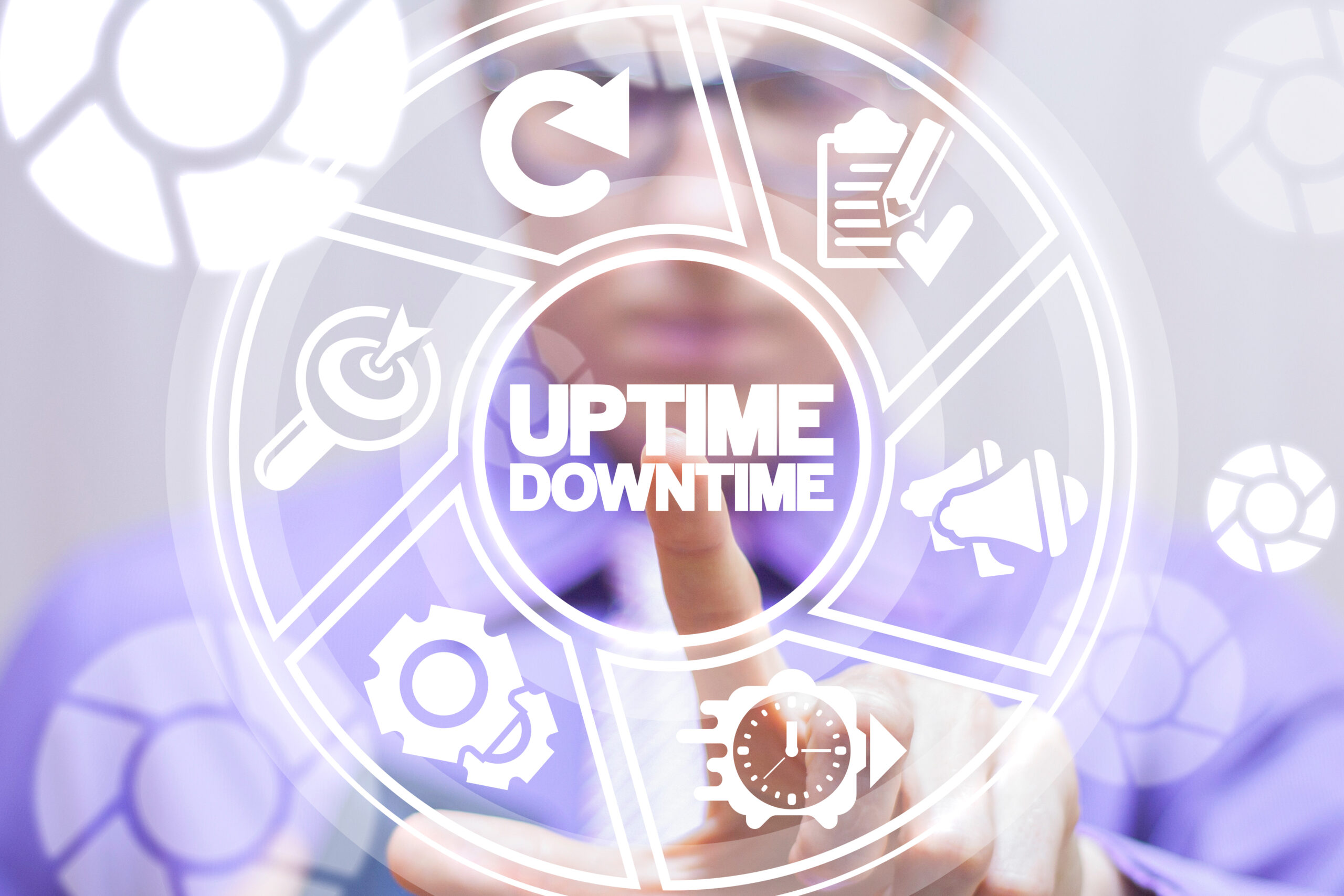We are very spoiled in the Netherlands. Access to the Internet is almost always and everywhere available, and we take that for granted.
We use our computers, tablets, and smartphones daily and surf the World Wide Web effortlessly. We stream videos, send emails, and share all sorts of things on social media. Internet access is as taken for granted as water coming from the tap. But appearances can be deceiving. Behind the scenes, ingenious technologies, software, and systems work tirelessly to keep the digital highway running.
And precisely all those invisible elements are crucial for our modern society. We have various types of networks: fixed networks over fiber optics, coaxial cables, and copper, mobile networks over 4G or 5G, and recently, thanks largely to Starlink, satellite networks.
Behind all these networks are organizations and people who work tirelessly to keep everything up and running, aiming for an uptime approaching 100%. Despite all the good efforts, things occasionally go wrong, and outages sometimes occur. For most consumers, this is not a major issue; a bit of downtime is at most annoying or inconvenient, but rarely insurmountable.
In the business world, this is very different, as even a few minutes of downtime can be more than just inconvenient or annoying. Most companies that rely on internet access, their cloud applications, their payment providers, or perhaps their own data in the data center have taken necessary measures in the form of redundancy.
Often to prevent loss of revenue, avoid financial penalties, or suffer from damage to their reputation.
Impact
Depending on the size of the company or the impact of an outage on that company, measures are taken to minimize or completely eliminate the consequences of communication failures.
Often, multiple connections from different providers are obtained, possibly through geographically separated routes. To automate failovers, BGP and VRRP are commonly used. In some cases, a second connection via the mobile network using 4G or 5G is chosen, and increasingly via Starlink.
Simply because this approach also eliminates the consequences of digging damages.
Another factor that is sometimes overlooked is maintenance work on carriers’ or providers’ networks. In most cases, these activities occur during the nighttime hours, but even this can lead to problems because many businesses operate 24/7. Consider all the online shops and the entire logistics chain dependent on them.
Primary and secondary connection
In many cases, a failover solution consists of a primary and secondary connection. When the primary connection fails, BGP (Border Gateway Protocol) is used to switch over to the secondary connection.
To maintain the same IP address, it’s necessary for this solution to be provided by a single vendor. However, this remains a risk. An alternative solution involving two different providers also has disadvantages unless a very clever solution is used that always selects the best path.
Swiftly and while retaining IP addresses, ensuring that all sessions are unaffected. Even VPNs used by remote workers remain intact, and ATMs continue operating seamlessly.
Power outage
Electricity is becoming increasingly less reliable these days. A power outage in a neighborhood or on an industrial estate can cause both wired and mobile provider networks to be temporarily unavailable.
As an organization, you can take measures by equipping your own network equipment with a backup power supply based on a UPS (Uninterruptible Power Supply) or emergency generator. This resilience extends further into the chain than initially considered. If you rely on a single business provider for both fiber optic and 4G services, you are still completely cut off in the event of a power outage.
Provider Points of Presence (POPs) or telecom masts are typically not equipped with backup power supplies like data centers are. Considering these scenarios often goes beyond initial thoughts and is necessary when high availability of connectivity is crucial for an organization.
Wanscale solution
The solution from Wanscale is provider-independent and is entirely based on the principles of SD-WAN and SASE.
By placing a Service Edge at your location, you can not only use a variety of suppliers and technologies but also aim for the highest possible availability.
Simply combine all the possibilities available at your location and integrate them into the best solution.
Add to that the capabilities of a self-healing network and standard end-to-end encryption for maximum data security, and you can sleep peacefully at night.
Jos Beckers
P.S. If you need to brainstorm about high availability, backup scenarios, or failovers, let me know.

